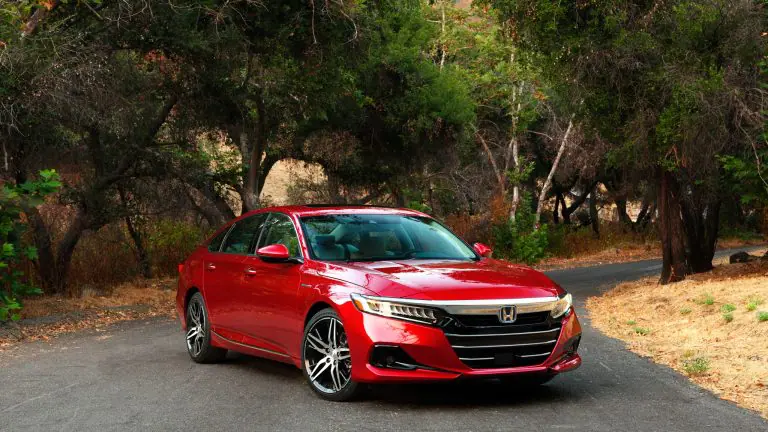The automotive world is undergoing a transformative shift, moving steadily away from fossil fuels and toward electrification. With more carmakers introducing a wave of electrified vehicles, the choices are expanding faster than most consumers can keep up. For the average driver, navigating the differences between hybrids, plug-in hybrids (PHEVs), and electric vehicles (EVs) can be more overwhelming than informative—especially when marketing jargon adds to the confusion.
To cut through the noise, let’s explore these three electrified vehicle categories, their core benefits and drawbacks, and help you determine which one aligns best with your driving habits, lifestyle, and budget.
Hybrids: The Gateway to Electrification
Hybrid vehicles are often seen as the entry point into the world of electrified driving. These cars pair a traditional internal combustion engine with an electric motor, which assists in driving and helps reduce fuel consumption. Crucially, hybrids do not need to be plugged in—they charge themselves using a process called regenerative braking, which captures energy during deceleration and braking.
Hybrids are typically more fuel-efficient than purely gas-powered cars, especially in city driving where stop-and-go traffic allows the electric motor to take over more frequently. When cruising on highways, however, their efficiency advantage tends to diminish, as the gasoline engine becomes the primary power source.
Pros:
- No need to plug in
- Better fuel economy than gas-only cars
- More affordable than PHEVs and EVs
Cons:
- No electric-only driving range
- Limited fuel savings at highway speeds
- Slightly more expensive than traditional cars
Ideal for: Drivers who want improved fuel economy without changing their daily routines or dealing with charging infrastructure.
Plug-In Hybrids: A Flexible Middle Ground
Plug-in hybrid electric vehicles (PHEVs) are the bridge between hybrids and fully electric cars. They come equipped with larger battery packs than standard hybrids, allowing for a limited all-electric driving range—often between 25 and 50 miles depending on the model. After the electric range is used up, the car functions like a regular hybrid, using both gas and electric power.
This dual-mode functionality makes PHEVs particularly appealing for people with short daily commutes. If you can charge at home, you might be able to do most of your driving on electricity alone, using gas only for longer trips.
Charging a PHEV is significantly quicker than a full EV. While an EV might need several hours—or even days—to fully recharge using a standard home outlet, most PHEVs can top off their batteries in about 5 to 6 hours.
Pros:
- Offers electric-only driving for short trips
- Eliminates range anxiety thanks to the gas backup
- Faster to charge than full EVs
Cons:
- Higher purchase cost than standard hybrids
- Less efficient once the electric range is depleted
- Still relies on fossil fuels for longer drives
Ideal for: Commuters with predictable, short-distance travel and access to home charging, who want electric benefits without fully committing to an EV.
Electric Vehicles: The Future on Four Wheels
Fully electric vehicles (EVs) run entirely on electricity, powered by large battery packs and electric motors. With no gas engine, no tailpipe, and no traditional transmission, they are fundamentally different from any vehicle you’ve likely owned before.
EVs are fast, smooth, and efficient. The instant torque from electric motors means they accelerate quickly and respond immediately. Additionally, they generally require less maintenance, as they have fewer moving parts than internal combustion engines. Regenerative braking also helps preserve brake components, extending their lifespan.
But owning an EV isn’t without challenges. Despite significant advancements in battery range—some models now exceed 500 miles per charge—charging infrastructure remains a major limitation in many areas. Charging speeds vary widely, and without access to a Level 2 charger at home, refueling an EV can be inconvenient.
Pros:
- Zero emissions during operation
- Lower maintenance costs
- Quick, smooth acceleration
- Eligible for government incentives
Cons:
- Higher upfront cost (though narrowing)
- Charging infrastructure is inconsistent
- Long charging times, especially on standard outlets
Ideal for: Urban dwellers or suburban homeowners with reliable home charging and access to public infrastructure. Best suited for those ready to embrace a fully electric lifestyle.
Which Electrified Vehicle Should You Choose?
There’s no one-size-fits-all answer. The best vehicle depends on several personal factors:
- Your Commute: If you drive less than 40 miles a day and can plug in at home, a PHEV or EV could slash your fuel costs. If you commute longer distances or drive in rural areas with few chargers, a hybrid might be more practical.
- Your Living Situation: Those who own a home are more likely to benefit from EVs or PHEVs because they can install a charging station. Apartment dwellers may struggle without nearby public chargers.
- Your Budget: Hybrids remain the most affordable electrified option, both in upfront cost and long-term maintenance. EVs are dropping in price but still carry a premium.
- Your Driving Habits: If most of your travel is local or within city limits, EVs and PHEVs can offer quiet, clean, and efficient transportation. Long-distance drivers, however, may find hybrids more convenient.
Quick Answers to Common Questions
What’s the EV with the best range right now?
The 2023 Lucid Air leads the pack with an astounding 516 miles per charge, outclassing even Tesla’s longest-range models.
Which EVs are the most affordable?
The Chevrolet Bolt starts under $26,000 and offers around 260 miles of range. The Nissan Leaf, priced at about $28,000, delivers 149 miles in its base form.
Top PHEVs for electric range?
The Land Rover Range Rover P440e and the Range Rover Sport PHEV both offer 51 miles of electric range. For a more budget-friendly option, the Toyota RAV4 Prime provides 42 miles.
When will gas-powered cars go extinct?
While many automakers aim to go fully electric by 2030 or 2035, gas vehicles won’t disappear overnight. Used gas cars will remain on roads for decades, making the transition a gradual one.
Final Thoughts
Electrified vehicles offer a range of benefits, from fuel savings to environmental impact to exciting performance. But picking the right type hinges on how you live and drive. Understanding your own needs is the key to unlocking the advantages of today’s increasingly electrified automotive world. Whether it’s a hybrid, a PHEV, or a full EV, the future of driving is electric—and it’s closer than you think.




